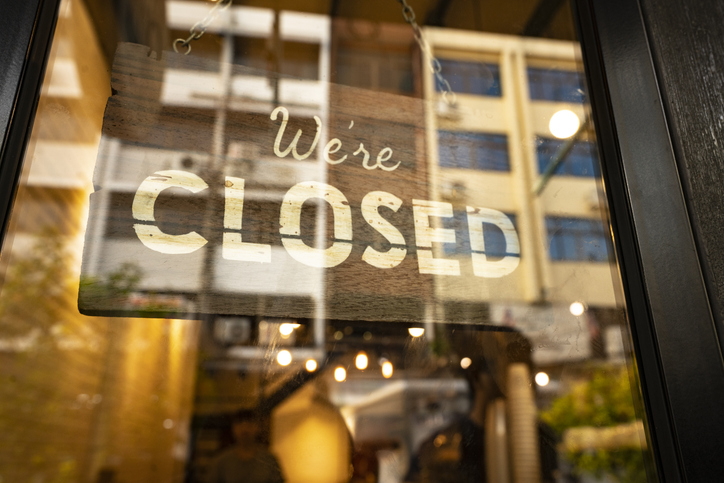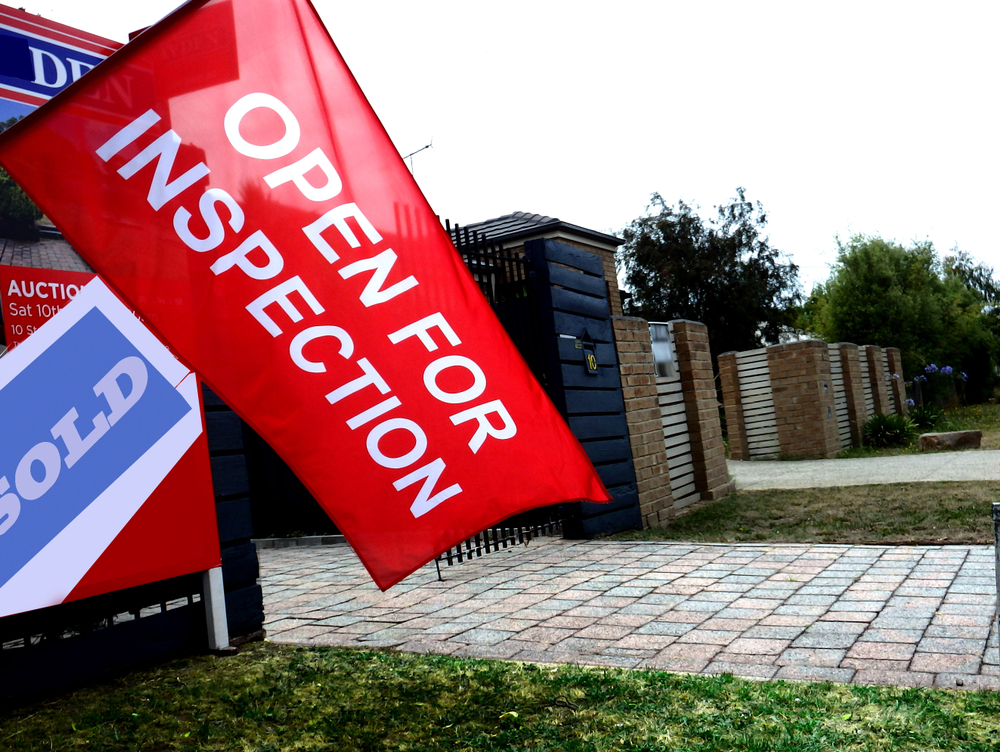Thousands of Australian companies on the brink of going into administration as EOFY nears
Along with high inflation and weak consumer spending, there’s another key factor pushing a record number of businesses to the edge
More than 10,000 companies are expected to have entered external administration by the end of the 2024 financial year, a level not seen for more than a decade. Data just released by the Australian Securities & Investments Commission (ASIC) shows 1,245 companies became insolvent in May, the highest monthly number this financial year. At present, a total of 9,988 businesses have gone bust in FY24 with data from June yet to be finalised.
Deloitte Access Economics Partner David Rumbens said the surge in business insolvencies this year was a “clear sign of economic distress”.
He commented: “[ASIC] predicts that by the end of the financial year, the number of companies entering external administration will likely exceed 10,000 – a level not seen since 2012-13, in the aftermath of the Global Financial Crisis (GFC).”
Mr Rumbens said the elements contributing to this year’s surge in insolvencies include high inflation and interest rates, weak consumer spending, and the commencement of more proactive tax debt collection activities by the Australian Taxation Office (ATO).
“One of the key factors contributing to this surge in insolvencies is the [ATO] pursuing debts that were previously put on hold during the COVID-19 pandemic,” he said.
Mr Rumbens cited ATO figures showing collectable debt rose 89 percent in the four years to June 2023. This has particularly impacted small businesses, which account for approximately 65 percent of the total debt owed at about $33 billion. “But more strictly enforced debt collection is coming at a time of tough economic conditions. High interest rates and cost-of-living pressures have weakened consumer spending, particularly in more discretionary components of spending.”
The construction sector has seen the highest number of insolvencies by far in FY24, mirroring the trend of FY23. Of the 9,988 insolvencies to date, 2,711 of them are in the building sector, which faces several challenges. These include a substantial lift in the cost of construction materials that is well above inflation and has made many fixed-price contracts signed within the past few years unprofitable. There is also a significant labour shortage that is delaying new home completions and new project starts, and also adding higher costs to projects.
“The construction sector has been hit particularly hard, with construction firms leading industry insolvencies in every quarter since mid-2021,” Mr Rumbens said. “They have accounted for approximately 25 percent of all insolvencies during this period. The residential construction sector is already facing a backlog of projects to complete as a result of skills and material shortages in recent years, and increased insolvencies in the sector may only exacerbate the problem of housing shortages.”
The ASIC data shows the next biggest industry affected is ‘other services’, which includes a broad range of personal care services such as hair, beauty, dietary, and death care services. The sector has seen 939 insolvencies in FY24. Retail trade is next with 687 insolvencies, followed by professional, scientific and technical services with 585 insolvencies.
“The food & accommodation sector has also experienced a wave of insolvencies. High input costs, worker shortages, and weak consumer sentiment have put pressure on businesses. Specifically, in March, cafés, restaurants, and takeaway businesses accounted for 5.5 percent of total business insolvencies, the highest proportion in the last three years.”
Mr Rumbens pointed out that while the number of insolvencies was high, it represents a lower share of the business sector at 0.33 percent than it did in FY13 when it was 0.53 percent. “This reflects the increase of registered companies in Australia, which has risen from just over two million to 3.3 million since 2012-13. Even so, the continued lift in insolvencies since 2021 highlights the difficult conditions many businesses face at present.”
A divide has opened in the tech job market between those with artificial-intelligence skills and everyone else.
A 30-metre masterpiece unveiled in Monaco brings Lamborghini’s supercar drama to the high seas, powered by 7,600 horsepower and unmistakable Italian design.
Buyer demand, seller confidence and the First Home Guarantee Scheme are setting up a frantic spring, with activity likely to run through Christmas.
The spring property market is shaping up as the most active in recent memory, according to property experts Two Red Shoes.
Mortgage brokers Rebecca Jarrett-Dalton and Brett Sutton point to a potent mix of pent-up buyer demand, robust seller confidence and the First Home Guarantee Scheme as catalysts for a sustained run.
“We’re seeing an unprecedented level of activity, with high auction numbers already a clear indicator of the market’s trajectory,” said Sutton. “Last week, Sydney saw its second-highest number of auctions for the year. This kind of volume, even before the new First Home Guarantee Scheme (FHGS) changes take effect, signals a powerful market run.”
Rebecca Jarrett-Dalton added a note of caution. “While inquiries are at an all-time high, the big question is whether we will have enough stock to meet this demand. The market is incredibly hot, and this could lead to a highly competitive environment for buyers, with many homes selling for hundreds of thousands above their reserve.”
“With listings not keeping pace with buyer demand, buyers are needing to compromise faster and bid harder.”
Two Red Shoes identifies several spring trends. The First Home Guarantee Scheme is expected to unlock a wave of first-time buyers by enabling eligible purchasers to enter with deposits as low as 5 per cent. The firm notes this supports entry and reduces rent leakage, but it is a demand-side fix that risks pushing prices higher around the relevant caps.
Buyer behaviour is shifting toward flexibility. With competition intense, purchasers are prioritising what they can afford over ideal suburb or land size. Two Red Shoes expects the common first-home target price to rise to between $1 and $1.2 million over the next six months.
Affordable corridors are drawing attention. The team highlights Hawkesbury, Claremont Meadows and growth areas such as Austral, with Glenbrook in the Lower Blue Mountains posting standout results. Preliminary Sydney auction clearance rates are holding above 70 per cent despite increased listings, underscoring the depth of demand.
The heat is not without friction. Reports of gazumping have risen, including instances where contract statements were withheld while agents continued to receive offers, reflecting the pressure on buyers in fast-moving campaigns.
Rates are steady, yet some banks are quietly trimming variable and fixed products. Many borrowers are maintaining higher repayments to accelerate principal reduction. “We’re also seeing a strong trend in rent-vesting, where owner-occupiers are investing in a property with the eventual goal of moving into it,” said Jarrett-Dalton.
“This is a smart strategy for safeguarding one’s future in this competitive market, where all signs point to an exceptionally busy and action-packed season.”
Two Red Shoes expects momentum to carry through the holiday period and into the new year, with competition remaining elevated while stock lags demand.
A bold new era for Australian luxury: MAISON de SABRÉ launches The Palais, a flagship handbag eight years in the making.
By improving sluggish performance or replacing a broken screen, you can make your old iPhone feel new agai


















